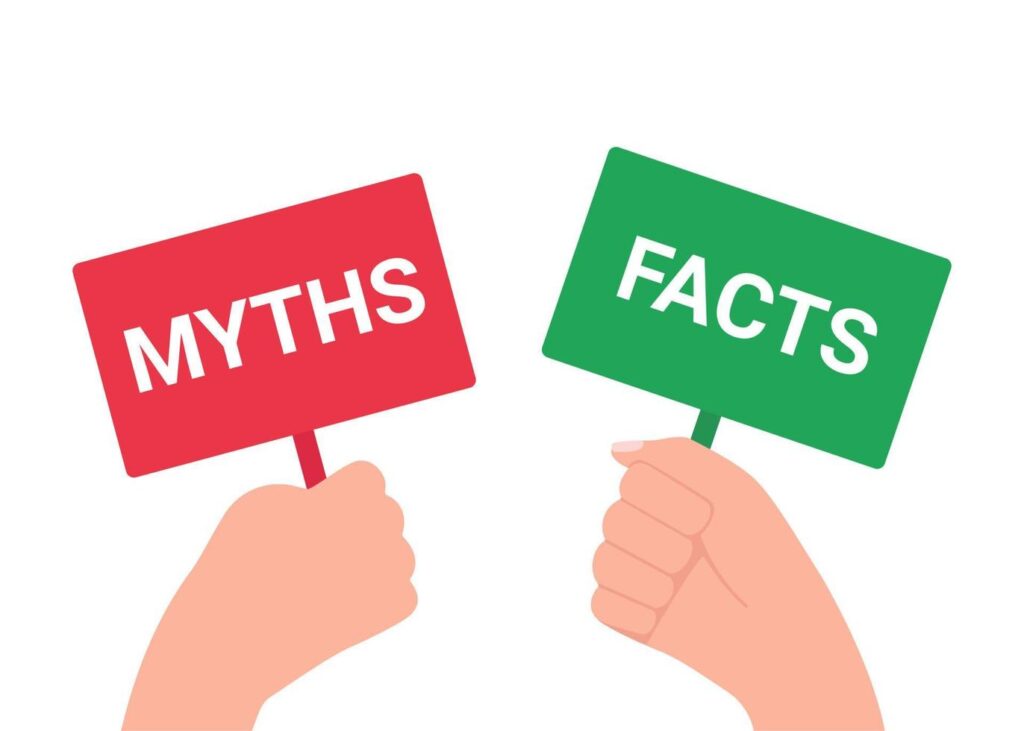Lower back pain is one of the most common health concerns worldwide, yet misconceptions about its causes and treatments continue to mislead patients. Misinformation can lead to unnecessary fear, ineffective treatments, and prolonged discomfort. Here, Essential Health Physiotherapy puts forward the facts from the myths and highlights how physiotherapy plays a crucial role in managing lower back pain.

Myth #1: Rest Is the Best Cure for Lower Back Pain
Fact: While rest may be helpful for severe pain in the short term, prolonged inactivity can weaken muscles and delay recovery. Movement, stretching, and gentle exercises help improve blood flow and promote healing. Physiotherapists can guide patients through safe and effective exercises to strengthen the back and reduce pain.
Myth #2: Lower Back Pain Always Means a Serious Condition
Fact: Most cases of lower back pain are due to muscle strain, poor posture, or sedentary lifestyles, rather than serious medical conditions like herniated discs or spinal abnormalities. While persistent or severe pain should be evaluated, the majority of cases can be improved with physiotherapy, proper movement, and lifestyle changes.
Myth #3: If You Have Back Pain, You Should Avoid Exercise
Fact: Avoiding exercise can make back pain worse. Strengthening core muscles and improving flexibility through guided physiotherapy exercises can relieve pain and prevent future episodes. Activities like walking, swimming, and targeted physiotherapy exercises help build resilience without causing harm.
Myth #4: A Scan or MRI Is Necessary to Diagnose Lower Back Pain
Fact: In many cases, imaging tests like MRIs or X-rays are not necessary to diagnose or treat lower back pain. Clinical assessment by a physiotherapist or healthcare provider is often sufficient to identify the cause and create an effective treatment plan. Unnecessary scans can lead to overdiagnosis.
Myth #5: Back Pain Is Just a Part of Aging
Fact: While the risk of back pain may increase with age, it is not an inevitable part of getting older. Maintaining an active lifestyle, practising good posture, and incorporating physiotherapy techniques can help prevent and manage lower back pain effectively.

The Role of Physiotherapy in Lower Back Pain Management
Physiotherapy plays a key role in addressing lower back pain by:
- Assessing posture, movement patterns, and muscle imbalances
- Designing personalised exercise programs to stabilise and strengthen the back
- Using manual therapy techniques or other treatments like LASER therapy, dry needling and taping to reduce pain and improve mobility
- Educating clients on proper body mechanics and injury prevention techniques
Physiotherapists at Essential Health Physiotherapy empower clients with tools and strategies to manage pain and restore function, promoting long-term relief without reliance on medications or invasive procedures.
Conclusion
Misinformation about lower back pain can lead to suffering and ineffective treatments. Understanding the facts and seeking guidance from a physiotherapist in Shailer Park can help clients with lower back pain regain control of their pain and improve their quality of life. If you’re struggling with lower back pain, consult one of our Physiotherapists to develop a safe and effective recovery plan.
Call us on 07 3132 0898 for Shailer Park Physiotherapy on Lower Back Pain.
Check our Previous Blogs



